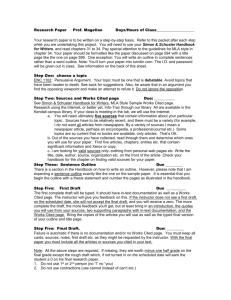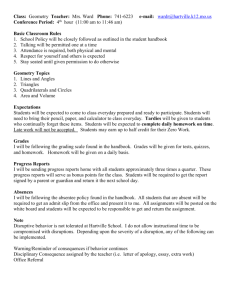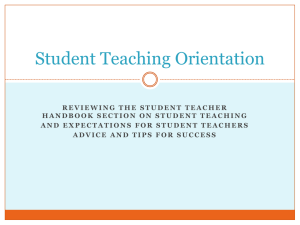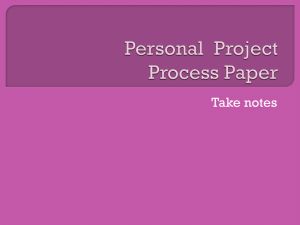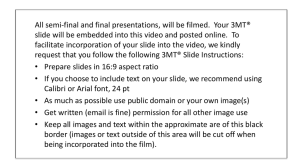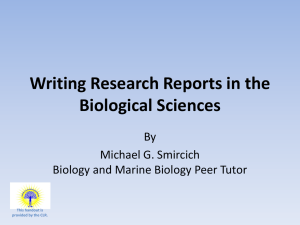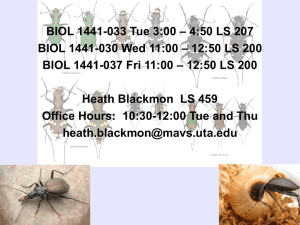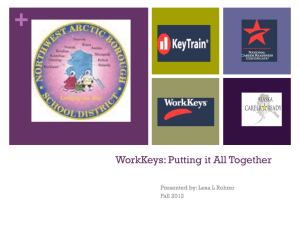Document
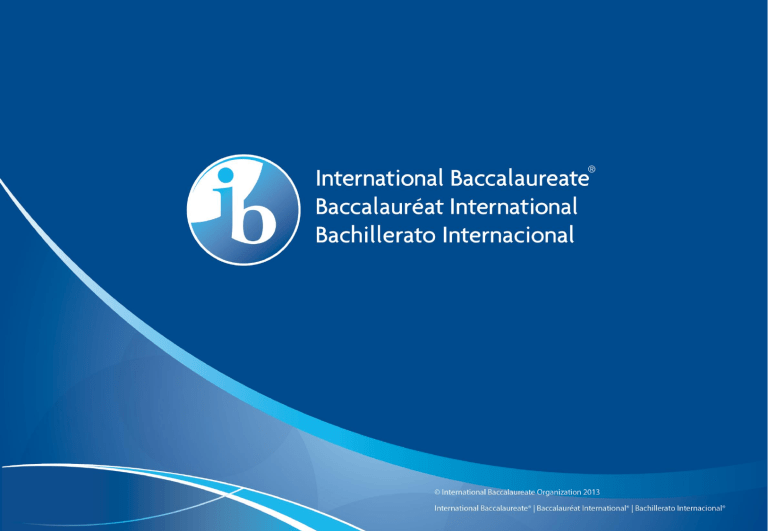
MYP Personal Project
January 2015
How’s it going?
At this stage in your project, you should be:
• Close to the completion of your final product (if not totally finished with it).
• Completing final reflections in your process journals.
• Done with your research, which you have tracked in
Noodletools or another platform (Easybib, etc.)
Uhhhhh…….
What if I didn’t do all of those things?
• Do not hide.
• Do not give up.
• Do not pretend you’re doing something when you’re not.
What should I do instead?
• Meet with your supervisor. Discuss how you will plan to change your project in order to meet the deadline.
• Get a plan: see Ms. Clarkson if you need help.
• Get real with yourself regarding what you can do.
• Start tracking everything you do in your journal.
Timeline for the remaining items
January
• Complete final product.
• Engage in final research and reflection (in Process Journal)
• Complete formal process journal entries.
• Begin composing the rough draft of your project report.
February
• Final product and paper due on
February 20 th .
• Final meeting with supervisors will be on February 6 th .
• You will likely need to see your supervisor one more time to show him or her your final project.
Set a date and time for this final meeting when you meet with your supervisor.
Reporting the project
• The organization of the report is driven by the assessment criteria.
• These are available in your Student Handbook.
• Pages 14-16 include the assessment criteria and the grade boundaries.
• Each criterion is scored independently.
• And they’re all weighted equally.
• Look at one piece at a time.
All projects have three parts…
Process
Journal
Product or
Outcome
Report
Reports may be…
Written
Verbal
Film
Multimedia
Reports may be…
Written – 1500 – 3500 Words
Verbal – 13-15 Minutes
Film – 13-15 Minutes
Multimedia – 1500-3500 words
Combination reports
• For many projects (i.e. Presentations, Websites, etc.) it makes sense to do a combination of these forms.
• In this case, the following word limits apply.
Verbal
3 minutes And
Written
1200 – 2800 words
6 minutes And 900-2100 words
9 minutes
12 minutes
And
And
600-1400 words
300 – 700 words
Keep in mind
• Regardless of whether you go with a written, verbal or multimedia format, you will need to cover the same material.
• Oral and multimedia reports must be recorded for internal standardization.
• When I meet with you next week, I will ask you to select a format for your report.
• Think about what reporting format best fits your learning style and interests.
Organization of a report
1.
Title Page (written)
• Student name
• The title of the project
• Length of the written report (word count)
• School name
• School Year (2014-2015)
2.
Table of Contents (listing sections of the report and page numbers)
• Introduction
• Investigating
• Planning
• Taking Action
• Reflecting
• Works Cited
• Appendices
Introduction
• Explain why you were initially interested in the project
• Define what your goal was in undertaking the project
• Explain what you hoped to learn or achieve by undertaking the project
• About your topic
• About your chosen Global Context (Student Handbook Page11)
Consult your original proposal, as well as meeting reflection # 3.
Investigating
• In this section you should:
• define a clear goal and global context for the project, based on personal interests
• Student Handbook Page 7 – Journal Entry 3
• identify prior learning and subject-specific knowledge relevant to the project
• Journal Entry 1
• demonstrate research skills.
• Journal Entry 3 and Source Evaluation Worksheets (Page 8)
Planning
• In this section you should
• develop criteria for the product/outcome
• Student Handbook Page 9 – Process Journal # 3
• plan and record the development process of the project
• This is assessed using your process journal extracts.
• demonstrate self-management skills.
• This needs to be evident throughout the process journal.
• Need a reminder about what is involved in self-management?
• ATL skills chart (see handout)
Taking Action
• In this section you should:
• create a product/outcome in response to the goal, global context and criteria
• This is where you will actually explain what you created and how it meets the criteria you set for yourself.
• Student Handbook Page 9, informal journal entries
• ii. demonstrate thinking skills
• Process Journal #2
• iii. demonstrate communication and social skills.
• Process Journal #4
Reflecting
• In this section you should
• evaluate the quality of the product/outcome against the criteria
• Student Handbook Page 12 – Process Journal #5
• reflect on how completing the project has extended your knowledge and understanding of the topic and the
• global context
• Process Journal #5
• reflect on their development as IB learners through the project.
•
Process Journal #5
Works Cited / Bibliography
• Must include all sources of information that are cited in the report.
• Must use correct, MLA documentation.
• Please, please, please USE NOODLETOOLS OR
EASYBIB TO DO THIS!
• Additional sources consulted, but not cited in the report may be included as a bibliography (as an appendix).
Process journal extracts (Appendix A)
• From among your informal journal entries, you need to select 5-10 extracts that best represent your ongoing work on the project.
• These may be turned in in hard copy, or as an additional digital file.
• This appendix is required for all students. You may choose to include others as well.
Additional Appendices
• These may be necessary depending on the nature of your project. Things that might be included may be:
• Photographs of your process
• Transcripts of interviews / surveys / etc.
• Plans, illustrations or other documentation that might help the scorers to assess your completion of the project.
• A bibliography as distinct from the works cited in your paper.
Logistics
• All written components of the report get turned in on
Turnitin.com.
• If you have a written product (essay, story, PowerPoint) this must also be turned in on Turnitin.com.
• The multiple-file upload option will allow you to do this easily.
• Academic Honesty forms should be completed prior to your final meeting with your supervisor.
• Your supervisor must see your final product in order to attest to its originality.
What’s next?
• I will be back next week to talk about final requirements for turning in the project and to answer questions about the report.
• Fill in your project description on the school website.
This must be completed by February 20 th .
